Richard T. Schulze Congressional Papers Open For Research
Distinctive Collections is pleased to announce the Richard T. Schulze congressional papers are available and open for research.
Richard Taylor “Dick” Schulze, a Republican politician, served as a member of the U.S. House of Representatives for Pennsylvania’s 5th congressional district, incorporating the counties of Delaware, Montgomery, and Chester, from 1975 to 1993. Spanning from 1974 to 1992, the collection consists of materials related to his congressional career including correspondence, public relations speeches and press releases, administrative files, legislative files, constituent files, campaign materials, and photographs.
Schulze was born in Philadelphia and graduated from Haverford High School in 1948. He attended the University of Houston, Villanova University, and Temple University. He served in the U.S. Army for two years during the Korean War. Before his time in the United States Congress, Schulze was a small businessman for twenty-five years, operating an electrical appliance business in Paoli, Pennsylvania. He was active in civic and community affairs, as well as in Republican politics in Pennsylvania, and served in the Pennsylvania House of Representatives fr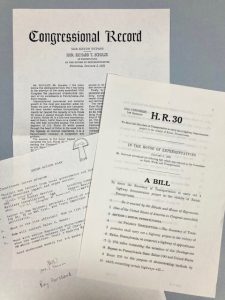 om 1969 to 1974.
om 1969 to 1974.
During his career in the U.S. House of Representatives, Schulze rose to serve as a top-ranking member of the House Committee on Ways and Means and as the senior Republican member on the Subcommittee on Oversight. He also served on the Trade, Social Security, and Select Revenue Subcommittees, the Armed Services Committee and Banking. The bulk of Schulze’s sponsored and cosponsored legislation was related to Taxation as well as Foreign Trade and International Finance. Much of the papers focus on topics such as trade, social security, health, oversight, and tax policy.
The papers were originally deposited with the Chester County Historical Society and transferred to Villanova University. Villanova also holds the recently acquired senatorial papers of Patrick J. Toomey. Additionally, Distinctive Collections maintains the personal papers of Lawrence M. O’Rourke, a newspaper columnist and reporter who covered the White House, Congress and national politics for forty years.
To make an appointment to view the collection please email dcde@villanova.edu. The finding aid is available to review online here to guide your research request.
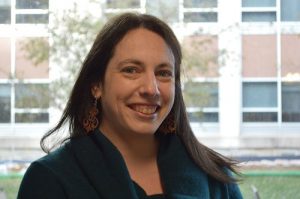 Rebecca Oviedo is Distinctive Collections Archivist at Falvey Library.
Rebecca Oviedo is Distinctive Collections Archivist at Falvey Library.
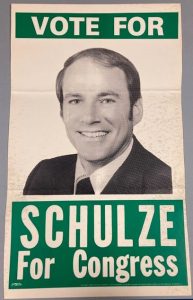














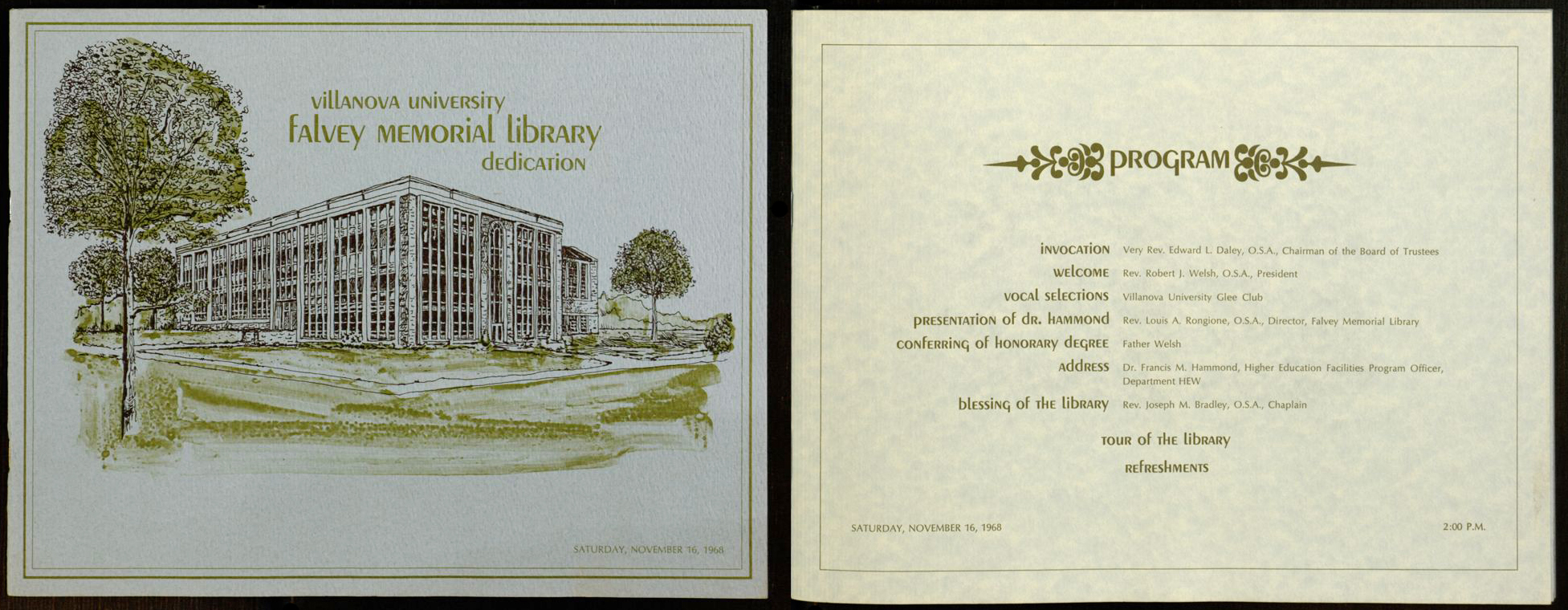
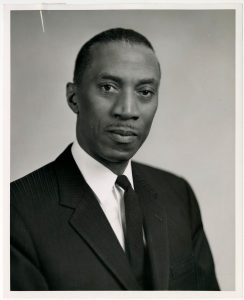
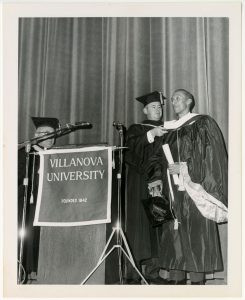
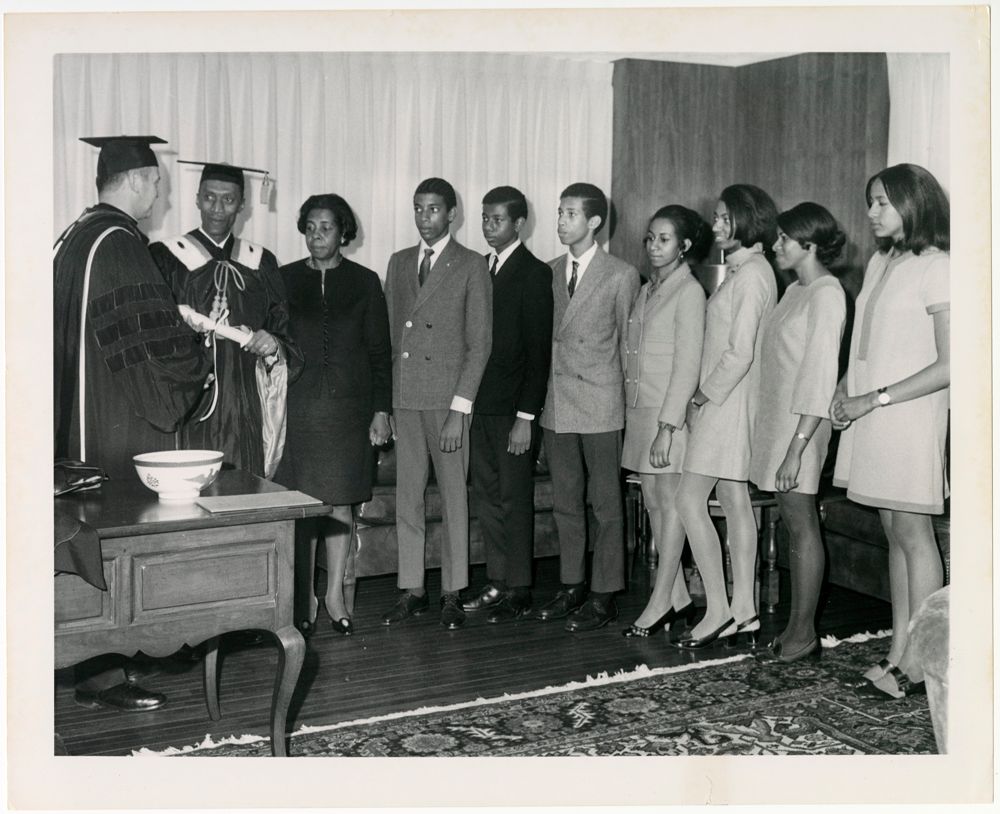






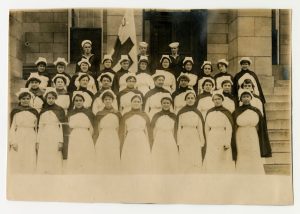
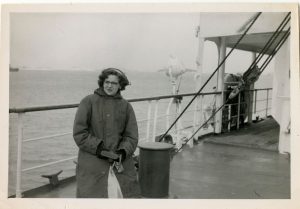
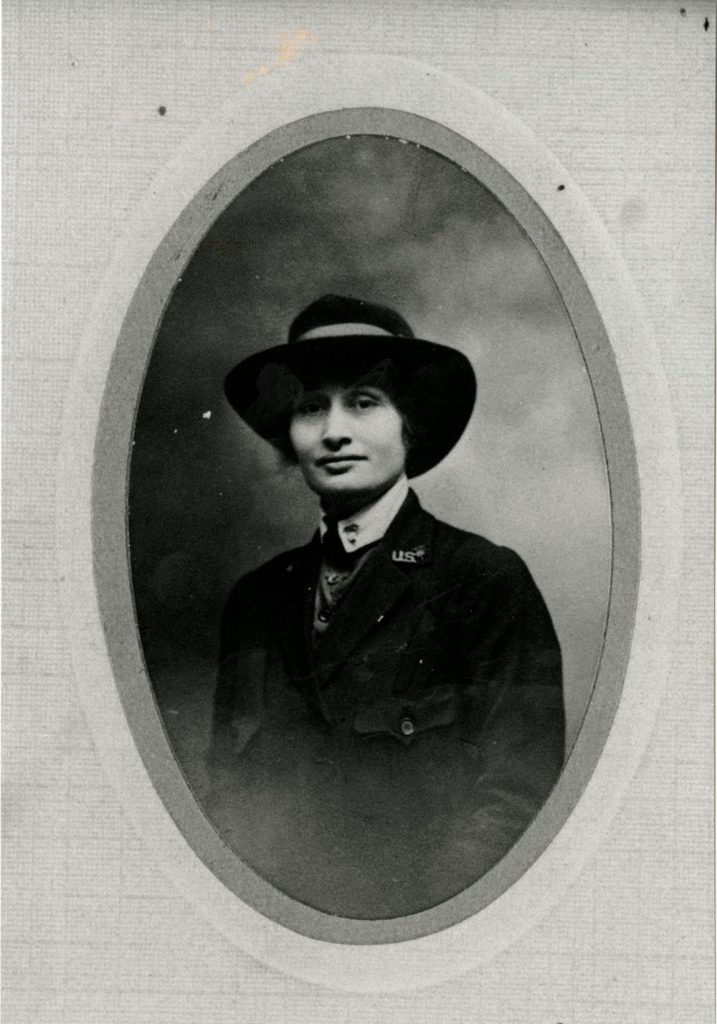
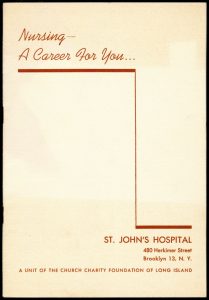

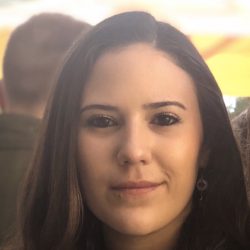 Anamartha Hinojosa is an M.A. student in History at Villanova University.
Anamartha Hinojosa is an M.A. student in History at Villanova University.